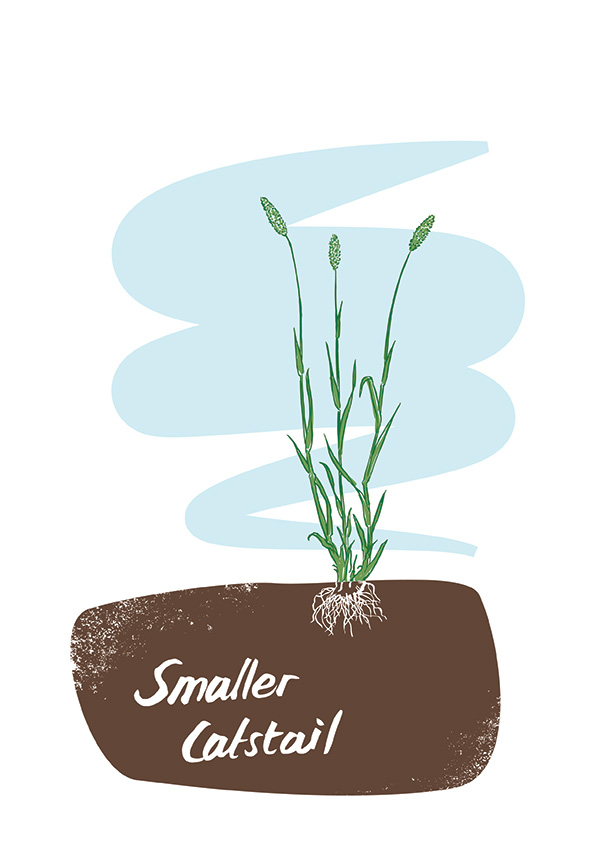

Smaller catstail (phleum bertolonii) is a leafy perennial grass species found throughout the UK. It grows on low lands to foothills and can be found in old pasture and hedgerows. Normally thought of as a smaller, lower yielding relative of Timothy. Although valued as a forage plant for livestock, it can also form a useful compact turf. A useful part of permanent pasture, it can be used to form a turf and bind verges and embankments together with its leafy stolons.
It can be combined with traditional, less aggressive grasses like crested dogstail, smooth stalked meadow grass and sheeps fescue for permanent pasture mixtures or wildflower mixtures. Occasionally it’s used in amenity and equine surfaces as it regenerates quickly after damage.
When to sow: Sowing in warm soils from May to September will encourage quick germination and establishment.
Sowing Rates: 2 g/m2 - 8kg per acre - 20kg per ha.
Preparation: The most successful results come from sowing into a newly prepared seedbed. Aim to cultivate the top soil to about 5cm, with a light cultivator or discs. The finished seedbed should be fine but firm, with no clods. Several passes with a cultivator may be needed to achieve this.
Sowing: Small cat’s tail is small and should be broadcast or drilled to a shallow depth (no more than 1cm). Sowing too deep will reduce the germination dramatically. The soil should be rolled after sowing to increase seed to soil contact.
Management: Smaller catstail is a persistent grass useful to create a dense turf and can be cut or grazed for forage. It is cold tolerant grass which will often remain greener and produce more growth through winter and early spring than other grasses.
Date Posted: 20th January 2023



